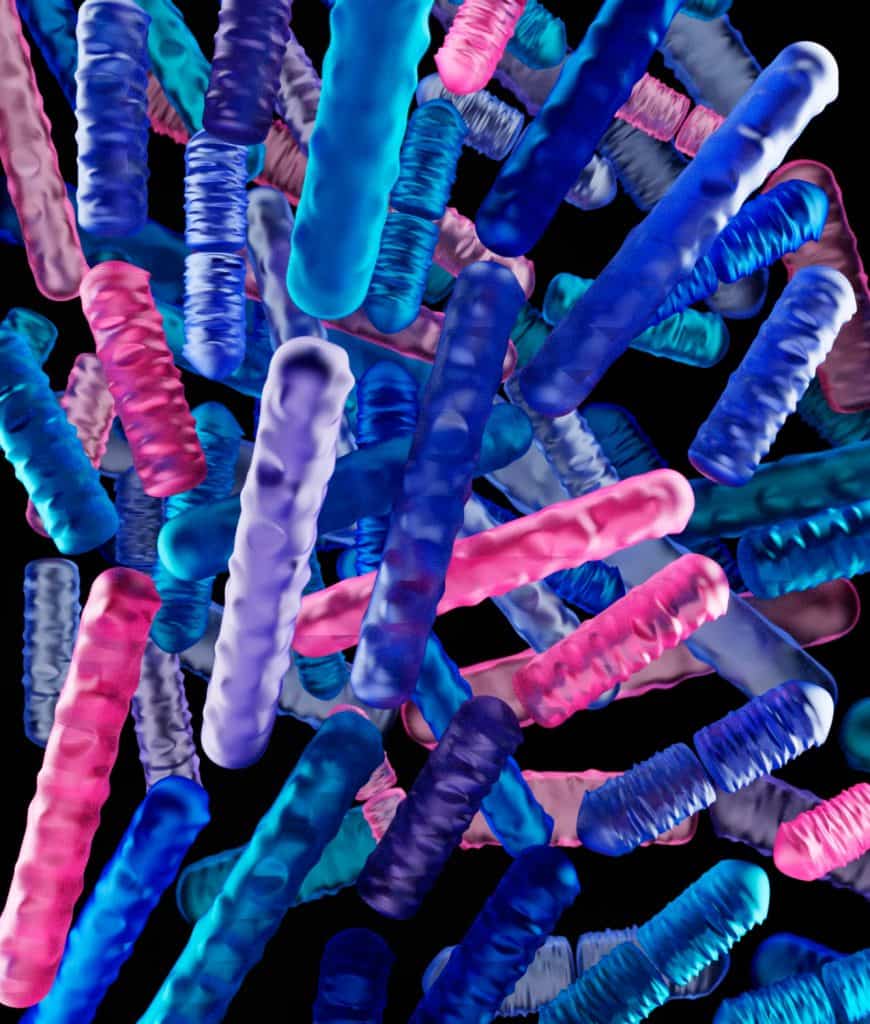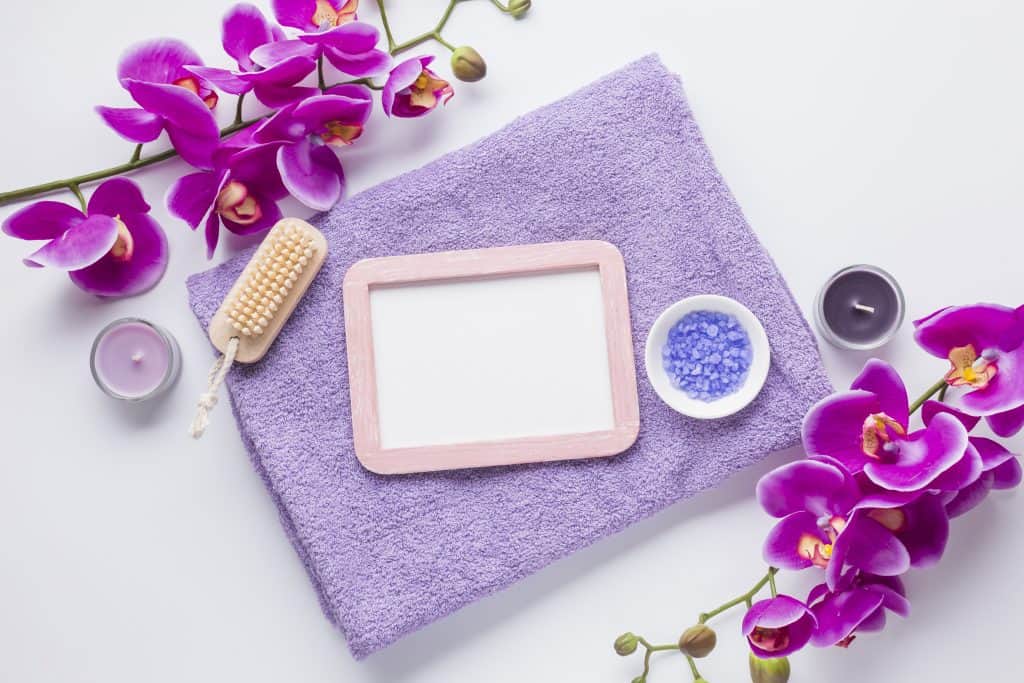
In This Article
In a world where beauty and fashion trends are constantly evolving, the environmental impact of these industries has become an increasingly pressing concern. As consumers become more conscious of their ecological footprint, the demand for sustainable and eco-friendly beauty and fashion products has witnessed a significant surge. This shift reflects a growing awareness of the need to preserve our planet and reduce the environmental toll of these multi-billion-dollar industries.
The Environmental Toll of Traditional Beauty and Fashion
The beauty and fashion industries have traditionally been associated with excessive resource consumption, pollution, and waste. From the production of cosmetics to the manufacturing of clothing, these processes often involve the use of harmful chemicals, and excessive water usage, and contribute to the global issue of textile waste. Fast fashion, in particular, has come under scrutiny for its disposable nature, leading to overflowing landfills and environmental degradation.
Sustainable Beauty: A Blossoming Trend
The beauty industry is experiencing a transformative wave as more brands prioritize sustainability. From cruelty-free and vegan formulations to eco-friendly packaging, beauty companies are reevaluating their practices to align with environmental values. Sustainable beauty emphasizes the use of natural and biodegradable ingredients, minimizing the use of harmful chemicals that can have detrimental effects on ecosystems. Additionally, many companies are adopting refillable packaging options to reduce waste and encourage a circular economy.
Fashion Forward: The Rise of Sustainable Fashion
In the realm of fashion, sustainable practices are gaining momentum. Ethical fashion brands are emerging, promoting fair labour practices and environmentally friendly manufacturing processes. Designers are exploring innovative materials, such as organic cotton, bamboo, and recycled fabrics, to create stylish yet sustainable clothing. The slow fashion movement, which advocates for high-quality, timeless pieces over fast, disposable fashion, is gaining popularity as consumers seek to make more mindful and durable fashion choices.
Environmental Impact of Microplastics

While the beauty and fashion industries strive to embrace sustainability, one crucial environmental concern often slips through the cracks—microplastics. Microplastics are minuscule plastic particles, often measuring less than five millimetres in size, that are pervasive in various beauty and personal care products and are also a byproduct of synthetic textile manufacturing. The impact of these tiny pollutants on our environment is profound and far-reaching.
Water Contamination
Microplastics find their way into rivers, lakes, and oceans through various channels, including the disposal of personal care products and the washing of synthetic clothing. Once in the water, these particles pose a severe threat to aquatic life. Marine organisms, from plankton to fish, can ingest microplastics, leading to bioaccumulation and potential disruptions in the food chain.
Ecosystem Disruption
The presence of microplastics in aquatic environments can disrupt ecosystems. These particles have the potential to transport harmful chemicals, acting as carriers for pollutants. The altered chemical composition of the water can impact the health of marine organisms and their habitats, contributing to long-term ecological imbalances.
Impact on Marine Life
Marine animals often mistake microplastics for food, leading to ingestion. This can cause internal injuries, blockages, and malnutrition. As these microplastics move up the food chain, the potential harm amplifies, affecting larger marine species and, ultimately, humans who consume seafood.
Terrestrial Consequences
The environmental impact of microplastics is not limited to water ecosystems. Synthetic fabrics shed microplastics during washing, contributing to soil contamination. These particles can persist in the environment for extended periods, negatively affecting soil health and potentially entering the food chain through crops.
Airborne Microplastics
Recent studies have also identified the presence of microplastics in the air, particularly in urban areas. The breakdown of larger plastic items, such as packaging materials, and the wear and tear of synthetic textiles contribute to the release of microplastics into the atmosphere. The inhalation of airborne microplastics raises concerns about potential health impacts on both humans and animals.
Consumer Empowerment: Making Informed Choices

In the ever-evolving landscape of beauty and fashion, consumers wield significant influence in shaping industries and driving positive change. Empowering oneself to make informed choices not only enhances personal well-being but also contributes to a more sustainable and ethical future. Here’s a detailed exploration of how consumers can exercise their power for the betterment of the planet.
Educating Ourselves
The first step towards making informed choices lies in education. Consumers should familiarize themselves with the environmental and ethical practices of beauty and fashion brands. Understanding the life cycle of products, from sourcing raw materials to disposal, enables consumers to make conscious decisions aligned with their values.
Reading Labels and Certifications
Scrutinizing product labels is a powerful habit. Look for certifications that indicate a commitment to sustainability, such as cruelty-free, vegan, and organic labels. Recognizing and supporting these certifications sends a clear message to the industry that environmentally conscious practices are essential to consumer preferences.
Researching Brand Practices
In the age of information, consumers have access to a wealth of data about brands and their practices. Research a brand’s transparency regarding its supply chain, manufacturing processes, and commitment to fair labour practices. Brands that prioritize sustainability often share these details openly, demonstrating accountability and responsibility.
Supporting Sustainable Brands
Consumers can use their purchasing power to support brands that prioritize environmental and ethical values. Sustainable beauty and fashion brands are emerging, offering products that minimize environmental impact, utilize eco-friendly materials, and embrace fair labour practices. By choosing these brands, consumers encourage the industry to shift towards more responsible practices.
Embracing Minimalism
The concept of minimalism encourages a shift from quantity to quality. Consumers can reduce their ecological footprint by opting for timeless, durable pieces rather than succumbing to the fast fashion cycle. This approach not only benefits the environment but also promotes a more mindful and intentional approach to personal style.
Advocating for Change
Consumers possess a collective voice that can drive systemic change. Engaging with brands on social media, participating in campaigns, and advocating for sustainable practices fosters a culture of accountability. Brands attentive to consumer demands are more likely to adopt eco-friendly policies and contribute to positive industry-wide transformations.
Conclusion
The intersection of beauty and fashion with environmental consciousness represents a promising step towards a greener and more sustainable future. As the demand for eco-friendly products continues to grow, the beauty and fashion industries are compelled to innovate and adopt sustainable practices. By making mindful choices as consumers, we can contribute to a harmonious balance between our desire for beauty and fashion and our responsibility to protect the planet for generations to come. Sustainable beauty and fashion are not just trends but crucial commitments to a more sustainable and beautiful world.



